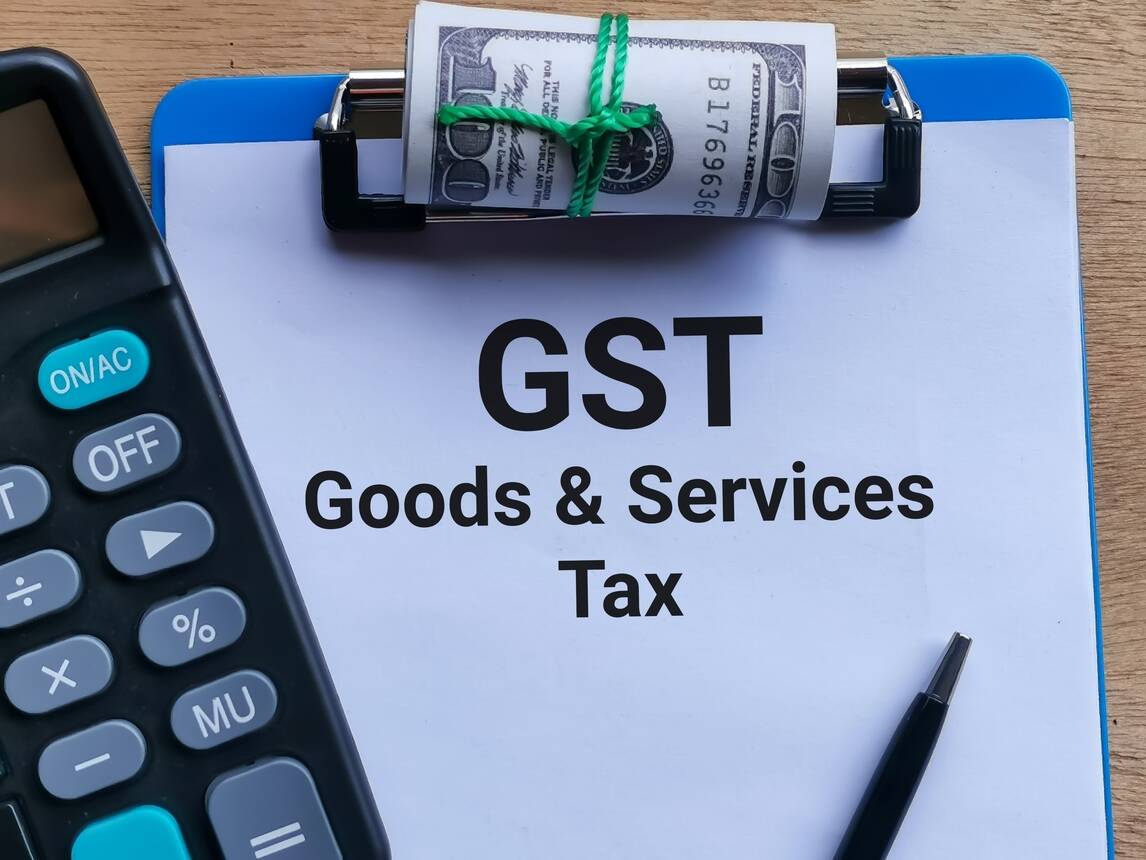7 Crore+ Customers

Affordable Premium

7 Crore+ Customers

Affordable Premium



As per Section 44 of the CGST Act (not Section 35), Form GSTR-9C is a reconciliation statement linked to the GSTR-9 Annual Return. While GSTR-9 must be filed by all regular GST-registered taxpayers with aggregate turnover exceeding ₹ two crore, filing is optional for those below this threshold.
Businesses with an annual turnover exceeding ₹5 crore are mandated to file GSTR-9C, which reconciles the data in GSTR-9 with the audited financial statements. A valid GSTIN (Goods and Services Tax Identification Number) is required to file both GSTR-9 and GSTR-9C.
As per the Finance Act 2021 and CBIC Notification No. 30/2021-CT dated 30.07.2021, GSTR-9C is now a self-certified statement. The earlier requirement for attestation by a Chartered Accountant or Cost Accountant has been removed from FY 2020-21 onwards.
Read on to explore the complete process for filing GSTR-9C and understand the latest compliance rules.
GSTR 9C is a statement of reconciliation that every business with a yearly turnover over ₹5 Cr has to file at the GST portal. By filling up this form, a business is required to declare and pay the differences between the audited financial statement report and the annual returns filed for the financial year.
It is mandatory to submit the GSTR 9C form by 31st December of each year, i.e. by the end of a fiscal year.
As per the GST law, the following are the eligibility criteria for filing GSTR 9C:
Note: Composition taxpayers, non-resident taxpayers, and OIDAR service providers to unregistered persons are exempted from filing GSTR-9C.
A registered taxpayer can file the GSTR 9C form either by visiting a facilitation centre or visiting the online GST portal for the same. Learn about how to file GSTR 9C step by step. Follow the steps mentioned below:
Step 1: Visit the official Goods and Services Tax (GST) portal of the Government of India.
Step 2: Click on the Login icon in the top right corner.
Step 3: Enter your login credentials and hit the LOGIN button.
Step 4: The next page will take you to the dashboard, which should display your Ledger Balance. Go to the Services tab on the toolbar, followed by Returns and Annual Returns.
Step 5: Select the fiscal year for which you are willing to file the GSTR 9C and click on SEARCH.
Step 6: It will lead you to the next page. Read all the instructions carefully and find the tab titled Reconciliation Statement GSTR 9C. Click on the INITIATE-FILING button.
Step 7: Now, a form will open in the next window where you can enter all the relevant details as prompted on the website.
Instead of clicking on the INITIATE-FILING button in Step 6, you can click on the PREPARE OFFLINE button. It will lead you to download a spreadsheet-based comprehensive offline tool to file your GSTR 9C. After filling out the form, you can submit it in the GST portal using the above-mentioned method.
There are a few guidelines for filing the GSTR 9C reconciliation form. GSTR 9C information and rules are circulated and enforced by the GST Council of India:
To file GSTR 9C, a person must carry the following documents:
Notes: Late fees may apply if GSTR-9C is filed after the due date (usually 31st December following the financial year).
Knowing about GSTR 9C allows taxpayers to reconcile and declare the inconsistencies in their audit reports and returns filed for a fiscal year. It affords the following benefits –
If your business’s annual revenue exceeds ₹5 Crore, you must know how to file GSTR 9C. All GST-registered taxpayers are eligible to submit GSTR 9C audit form. Failure to comply with the regulations will incur the following penalties:
However, please note that the penalties are capped to a maximum of 0.5% of the taxpayer’s total fiscal turnover.